They’re small, twitchy, and often dart out of sight before you can get a good look, so it’s no wonder most people can’t tell the difference between a mouse and a shrew.
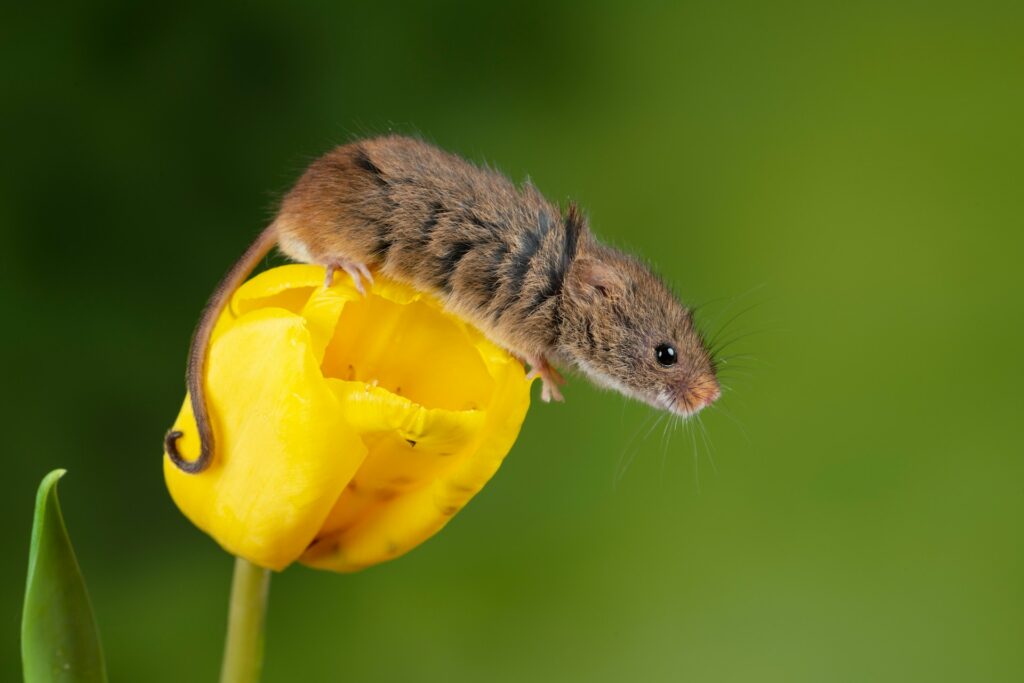
At first glance, they seem nearly identical, but these two animals actually come from completely different branches of the mammal family tree, and once you know what to look for, the differences are surprisingly clear. Here are 12 ways to tell if that scurrying blur was a mouse or a shrew, and why it’s worth knowing the difference.
Mice are rodents; shrews are not.
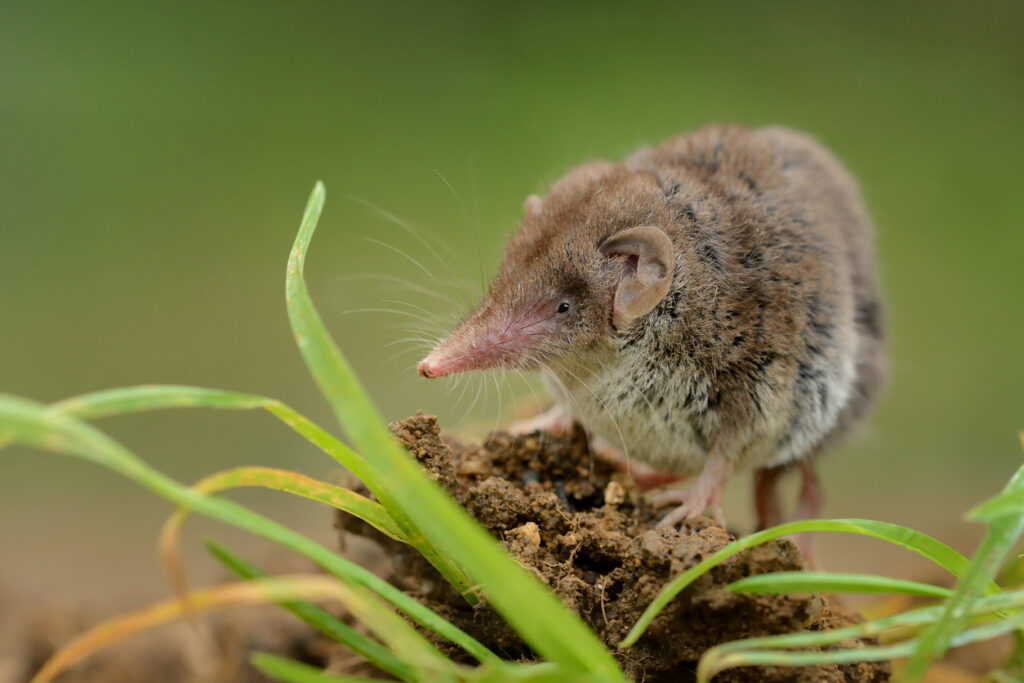
This is the biggest difference most people don’t realise. Mice belong to the rodent family, while shrews are insectivores that are more closely related to moles than mice. That means their behaviour, diet, and even their teeth are totally different. Rodents have those iconic gnawing front teeth that keep growing. Shrews don’t. Instead, they’ve got a mouth full of sharp, tiny teeth for crunching insects, more like a little predator than a chewer.
Shrews have pointier snouts.

If you get a clear look at the nose, that’s your first visual clue. Shrews have long, narrow, almost trunk-like snouts that twitch constantly. It helps them hunt by scent and touch, especially underground or in dense foliage. Mice, on the other hand, have shorter, more rounded faces. Their noses are still twitchy, but not nearly as extended or narrow as a shrew’s. If it looks like a mini anteater face, you’re probably looking at a shrew.
Mouse ears are large and round.
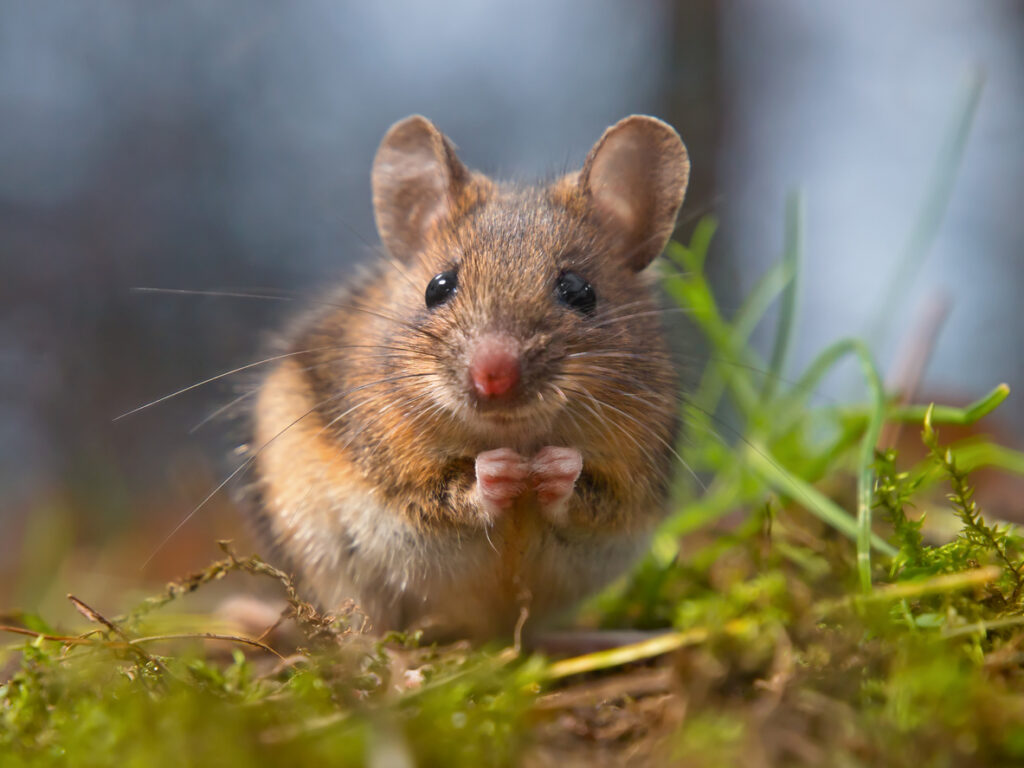
Mice tend to have relatively large, rounded ears that are almost too big for their heads. This gives them that typical “cute rodent” look people associate with pet mice or cartoon characters. Shrews, in contrast, have much smaller ears, often hidden by fur. They’re not designed for big listening. Their world is more about smell and vibration than sound.
Shrews never stop eating.
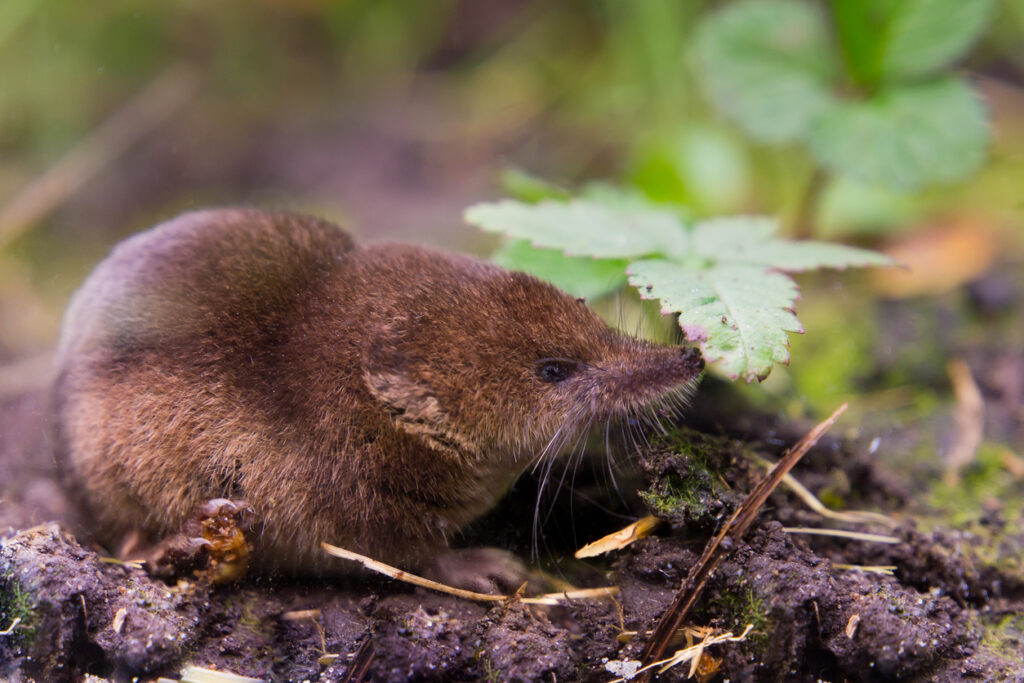
Shrews have incredibly fast metabolisms. Some species have to eat every couple of hours just to stay alive. They feed on insects, worms, and anything they can catch, which means they’re always on the hunt. Mice are still busy animals, but they can go longer between meals. They eat a broader diet—grains, seeds, crumbs—and stash food when they can. They’re more opportunistic than frantic.
Mice are quieter than shrews.

Shrews make high-pitched squeaks, chirps, and clicks, some of which are so high-frequency they verge on echolocation. They’re surprisingly noisy for such tiny animals. Mice do make sounds, but they’re usually much softer and less frequent unless they’re distressed or communicating in close quarters. If you hear intense squeaking from under a hedge, it might be a shrew scuffling about.
Shrews have a more aggressive attitude.
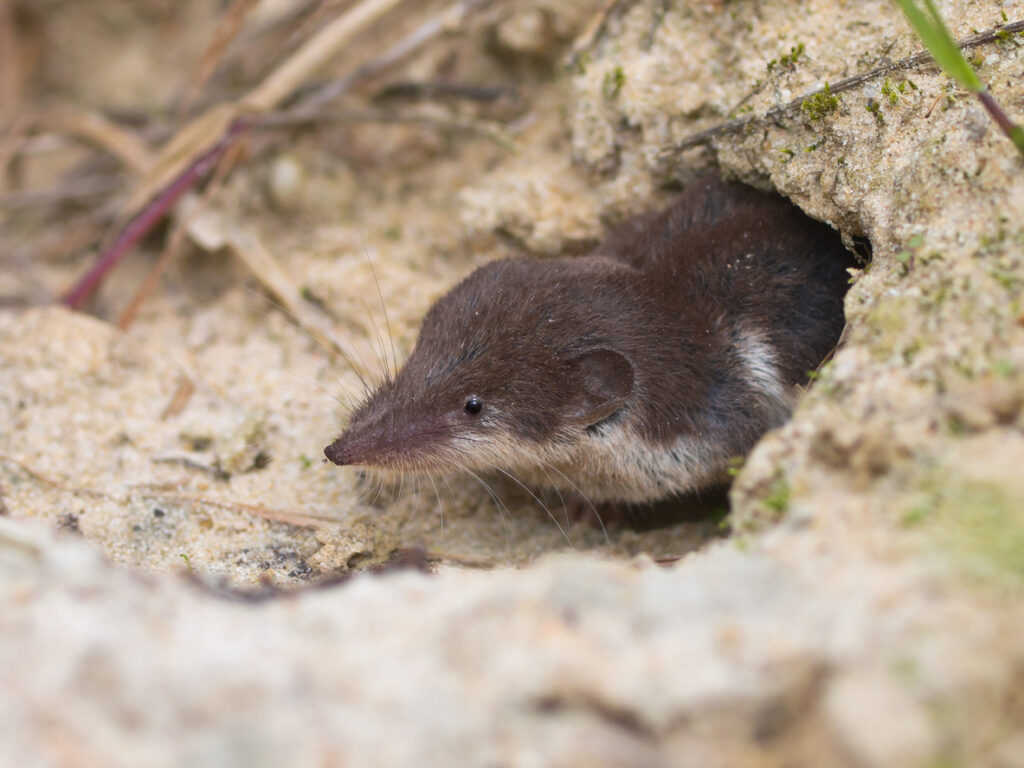
Despite their size, shrews are feisty. They’re solitary and territorial, and will fight other shrews if they come too close. They’re like the scrappy loners of the small mammal world. Mice are far more social. They often live in groups or colonies and are more likely to tolerate one another. Their social structure is less dramatic and more about survival through teamwork.
Mouse tails are longer and smoother.
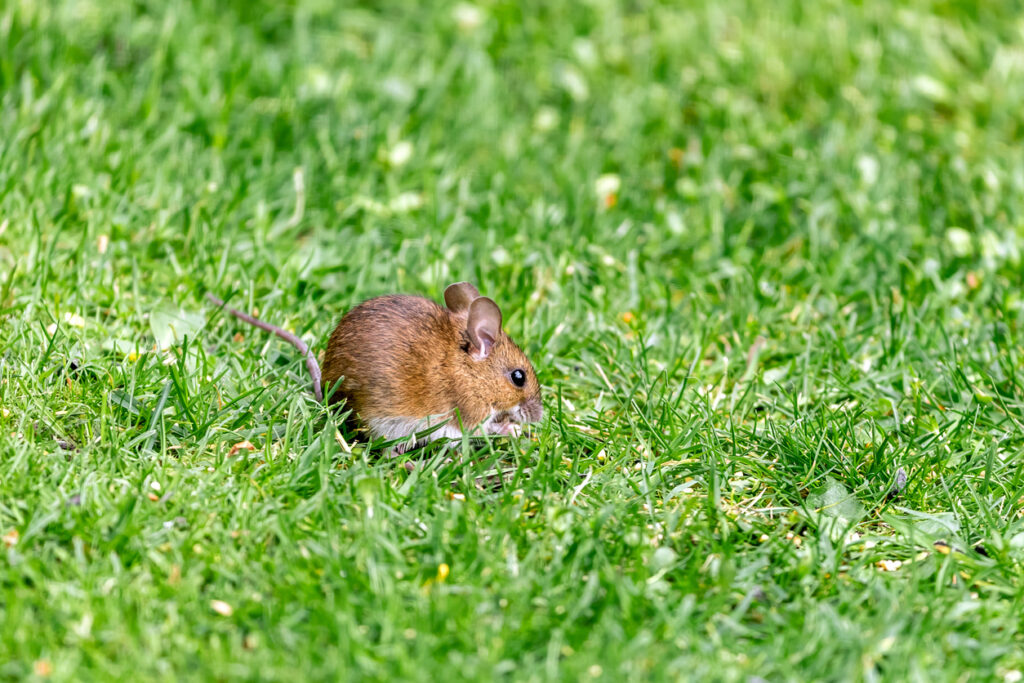
Another visual clue: mice usually have long, hairless tails—sometimes the same length as their bodies or even longer. These tails help them balance and climb. Shrew tails are shorter, fuzzier, and less pronounced. They’re not designed for climbing or balance, just basic mobility. If the tail looks stubby and furry, it’s likely a shrew.
Shrews have poor eyesight.
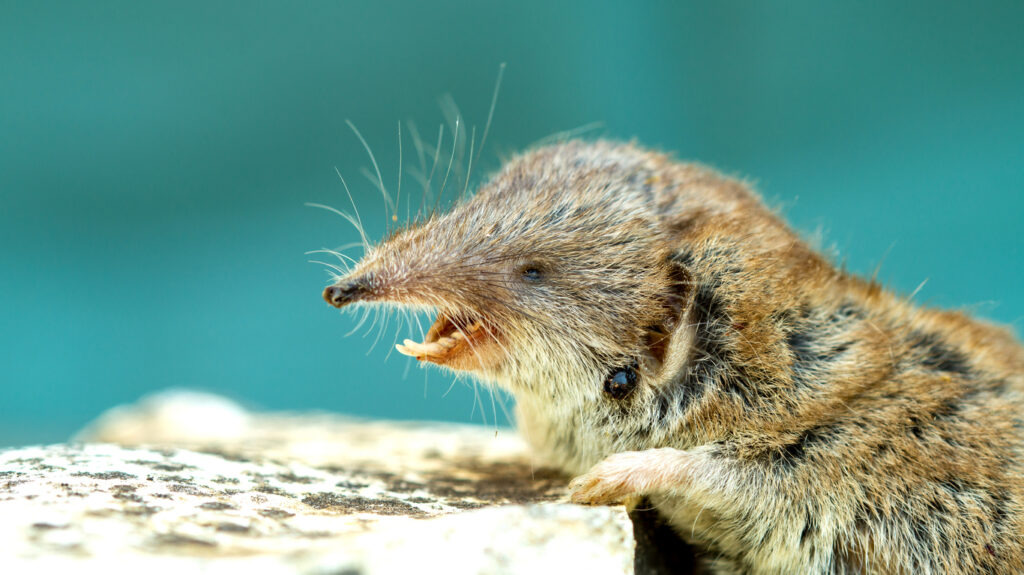
Shrews rely heavily on smell and touch, with tiny eyes that don’t offer much vision. They navigate more by instinct and memory than by sight, especially in darker habitats. Mice have better eyesight in general, particularly in low light. They also use their whiskers, but their eyes play a bigger role in their movement and exploration.
Shrews don’t live indoors.

While mice are famous for sneaking into kitchens and cupboards, shrews prefer wild spaces. They don’t thrive indoors—they need damp soil, leaf litter, and a good insect supply to survive. If you spot one in your shed or garage, it’s probably a mouse. Shrews might pass through, but they’re unlikely to hang around. Their biology just isn’t made for domestic life.
Mice are more likely to leave signs behind.
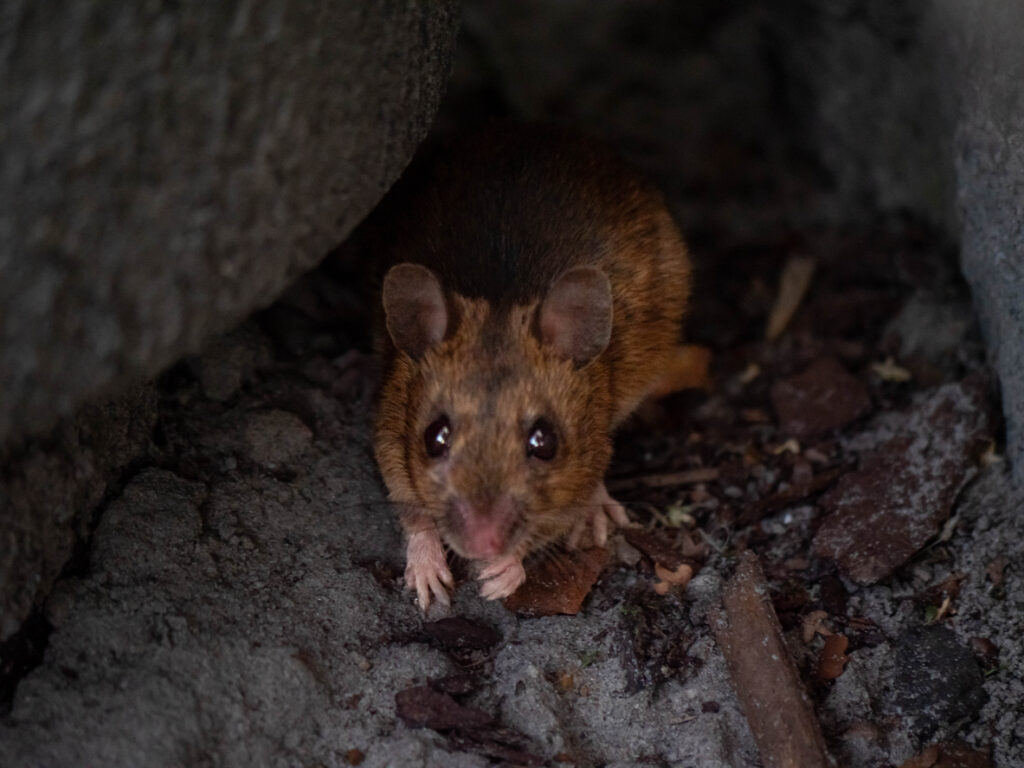
If something’s been chewing on food, leaving droppings, or gnawing at wires, it’s almost definitely a mouse. They’re classic pests, and they tend to leave a trail of clues behind them. Shrews aren’t interested in human snacks or chewing on cables. If they do venture near a house, it’s usually brief and uneventful. They’re more likely to be heard rustling in leaves than caught raiding a bin.
Shrews smell stronger.
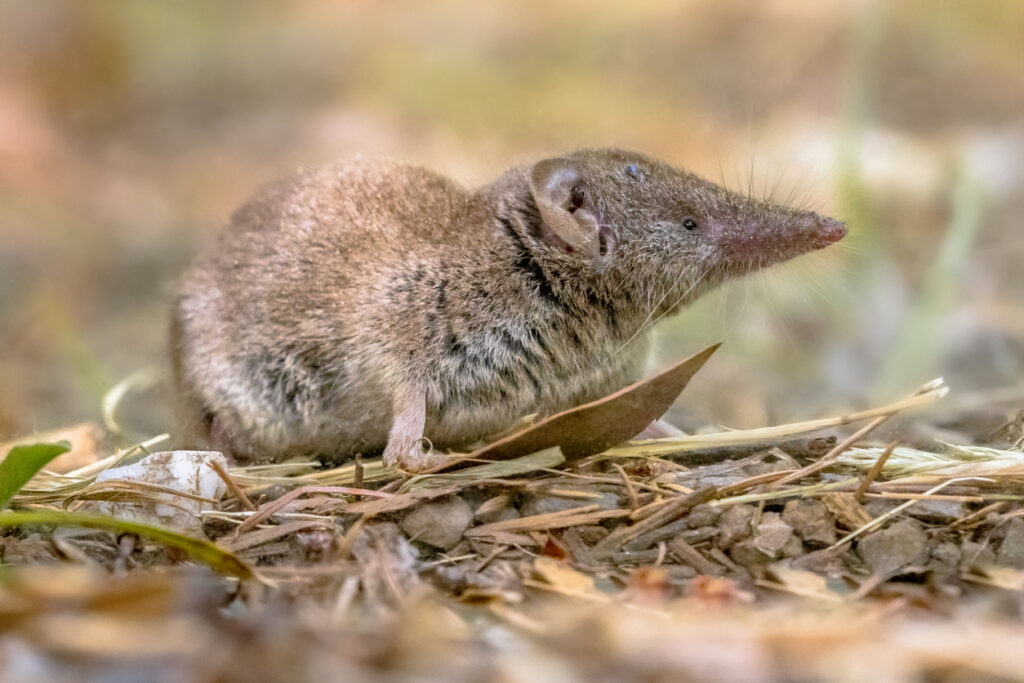
Shrews have a noticeably musky scent, especially to other animals. It’s part of their territorial behaviour, a way to warn off intruders and signal their presence. Even predators find the smell off-putting. Mice have a smell too, but it’s milder unless there’s a lot of them living in one place. The scent of a shrew is one of the easiest ways for wildlife experts to tell them apart.
Mice are more commonly seen.
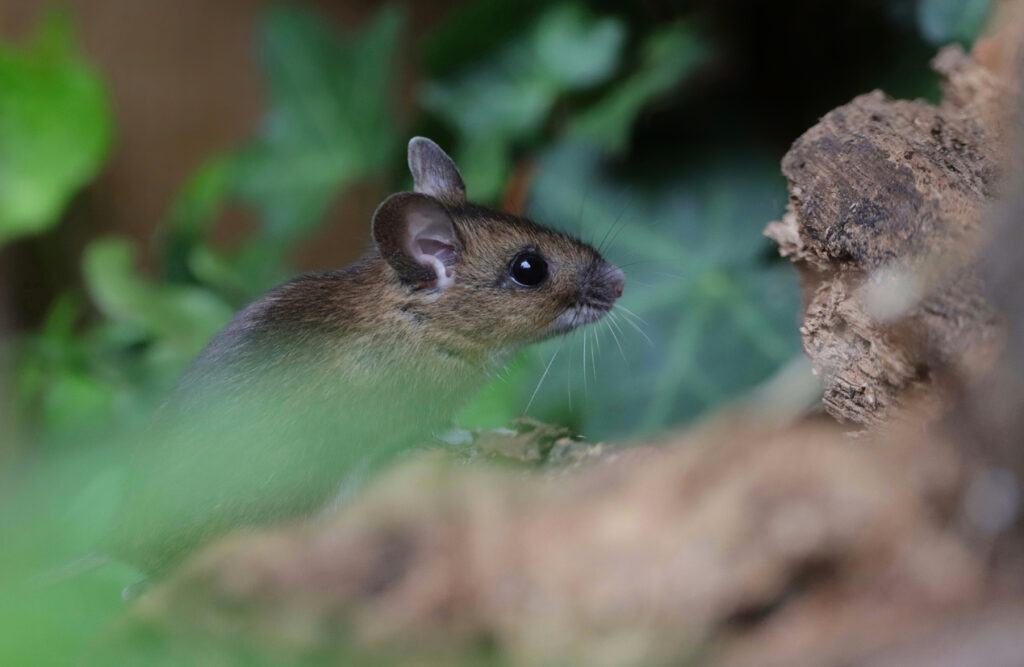
If you’re seeing small mammals regularly—in parks, gardens, or near buildings—they’re probably mice. They’re more adaptable, more common, and less fussy about their environment. Shrews tend to stay hidden. They’re active under cover, darting through vegetation or underground. Unless you go looking or lift a log, you’re less likely to spot one casually, which is probably why most people have no idea they’re even around.